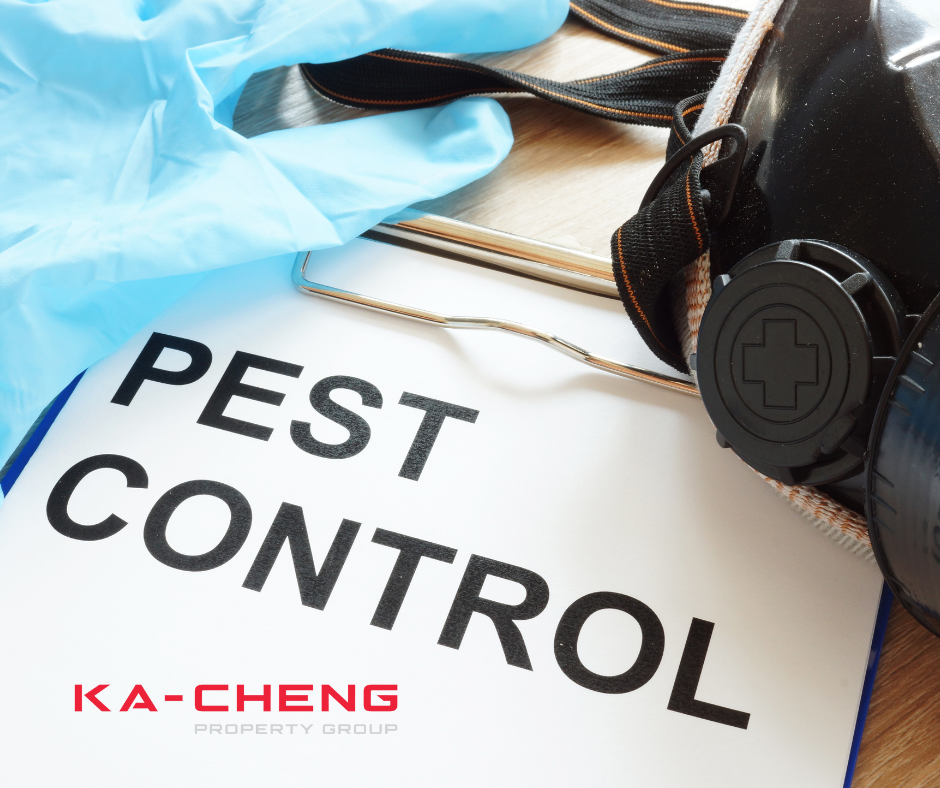Who’s Responsible for Pest Control in Your Rental Property, Landlords or Tenants?

Renting a property can be a convenient and cost-effective housing solution, offering flexibility and peace of mind to tenants. However, like any aspect of life, it comes with its own set of challenges. One of the most common and frustrating issues faced by both tenants and landlords is the presence of unwanted pests in a rental property.
What is pest control?
Refers to the practices and measures taken to manage and regulate undesirable organisms, commonly known as pests, that can cause harm to human health, agriculture, the environment, or property. These pests can include insects, rodents, birds, wildlife, and plants, among others.
Pest control is a significant concern due to the state’s unique environmental and agricultural conditions. Pests can have a detrimental impact on the local ecosystem, agricultural production, and public health. Effective pest control strategies are crucial to mitigating these impacts and protecting the state’s resources.
Is pest control a landlord or tenant responsibility?
In Western Australia, the responsibility for pest control in a rental property is typically outlined in the Residential Tenancies Act 1987 and its associated regulations. While I can provide a general overview, it’s important to note that specific details may vary depending on the terms of the lease agreement and any additional local regulations. Here’s a general guideline for pest control responsibilities in rental properties in Western Australia:
Landlord Responsibility
Pre-existing Infestations: Landlords are responsible for ensuring that the rental property is free from significant pest infestations at the start of the tenancy. This includes addressing any pre-existing pest problems before the tenant moves in.
Structural Issues: If pest infestations are caused by structural issues or defects in the property, it is generally the landlord’s responsibility to address and rectify these issues to prevent pests from entering.
Common Areas: In multi-unit buildings or complexes, landlords typically take responsibility for pest control in common areas and shared spaces.
Tenant Responsibility
Tenant-Caused Infestations: Tenants are responsible for managing and preventing pest problems that arise due to their actions or negligence during the tenancy. For example, if a tenant’s lack of cleanliness or improper food storage leads to a pest infestation, they may be responsible for pest control.
Proper Maintenance: Tenants are expected to maintain a clean and pest-free living environment by promptly reporting any signs of pest issues to the landlord and taking preventive measures, such as proper hygiene and sanitation practices.
Lease Agreements: The specific responsibilities of the landlord and tenant regarding pest control should be detailed in the lease agreement. Both parties should review and understand these terms.
It’s important for both landlords and tenants to communicate effectively regarding pest issues. Tenants should promptly notify the landlord if they encounter pest problems, and landlords should take appropriate action to address the issue, particularly if it involves pre-existing infestations or structural problems.
For precise and up-to-date information on pest control responsibilities in Western Australia, it is advisable to consult the Residential Tenancies Act 1987, related regulations, and seek guidance from local authorities or legal professionals if needed. Specific lease agreements may also provide additional details about pest control responsibilities in individual rental situations.